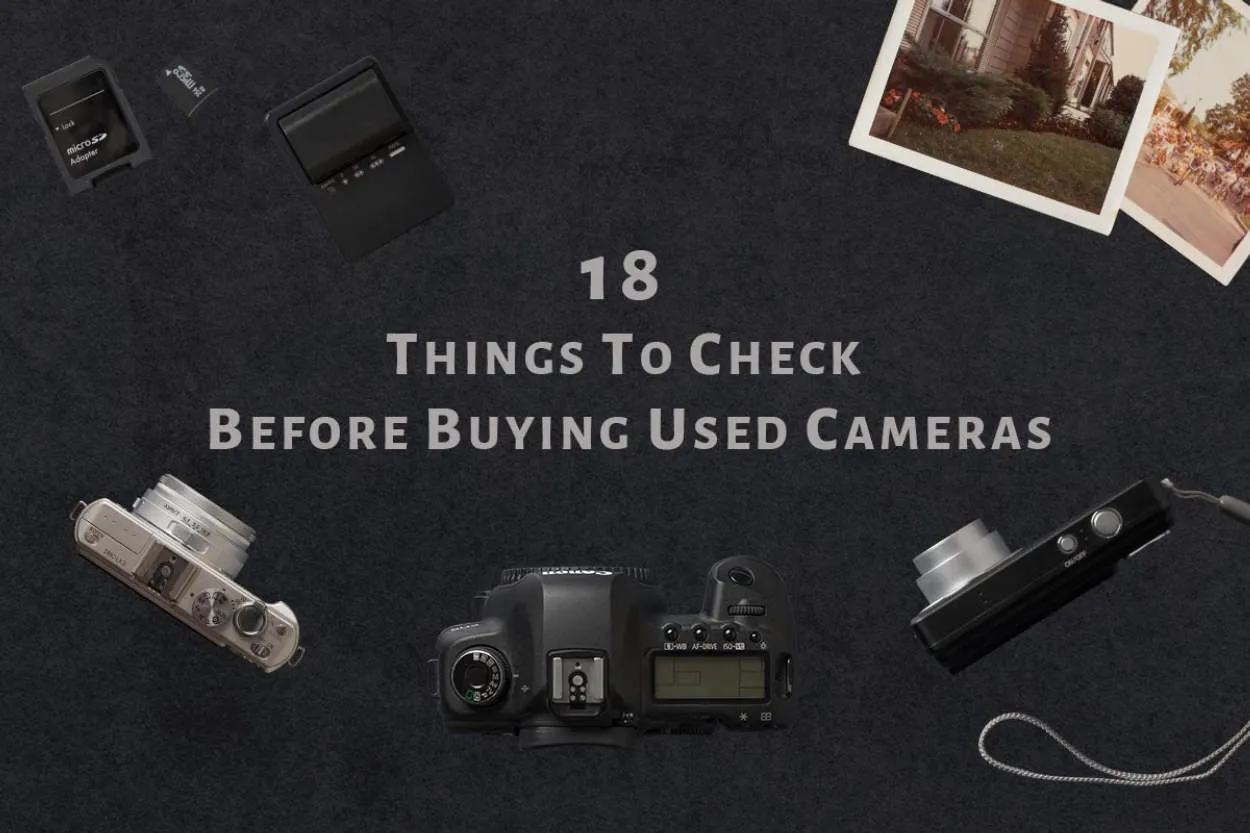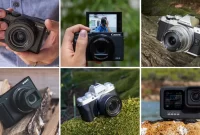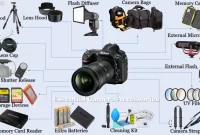Are you in the market for a new camera but unsure about which one to choose? Look no further! In this article, we will provide you with practical tips to effectively test a camera before making a purchase decision. By following these guidelines, you can ensure that you invest in the perfect camera that suits your needs.
Understanding the Essential Camera Features
When it comes to purchasing a new camera, it is crucial to thoroughly test it before making a decision. By understanding the essential camera features, you can ensure that the camera meets your specific needs. Here are some practical tips to consider when evaluating a camera:
-
Image Quality:
Examine the camera’s resolution, sensor size, and ISO range to ensure it produces high-quality images with low noise in various lighting conditions.
-
Autofocus System:
Test the autofocus system by capturing moving subjects and assessing how quickly and accurately the camera can focus on them.
-
Shutter Speed and Burst Mode:
Check the camera’s shutter speed and burst mode capabilities to determine its suitability for capturing fast-paced action or sports events.
-
Low Light Performance:
Assess the camera’s performance in low light situations, examining its maximum aperture, ISO sensitivity, and noise reduction capabilities.
-
Video Recording:
If video recording is important to you, test the camera’s video quality, frame rate options, and stabilization features.
-
Ergonomics and Controls:
Hold the camera in your hands and evaluate its comfort, button placement, and menu navigation to ensure a user-friendly experience.
By considering these essential camera features during your testing process, you will be able to make an informed decision and select a camera that fulfills your photography needs.
Testing the Image Quality and Sharpness
When purchasing a camera, it is important to thoroughly test its image quality and sharpness before making a decision. Here are some practical tips to ensure you make the right choice:
1. Shoot in Different Lighting Conditions
Take test shots in various lighting conditions, such as bright sunlight, low light, indoor lighting, and artificial lighting. This will help you evaluate how the camera performs in different settings.
2. Examine the Details
Zoom in on the images and inspect them closely for sharpness and clarity. Look for fine details and see if they are accurately captured. Pay attention to any signs of distortion or blurriness.
3. Test Different Focal Lengths
Experiment with different focal lengths to assess how well the camera handles zooming. Check if the sharpness remains consistent throughout the zoom range.
4. Assess Image Noise
Take test shots at high ISO settings to evaluate the amount of noise present in the images. A good camera should produce relatively low levels of noise, especially in low-light conditions.
5. Evaluate Color Accuracy
Pay attention to the colors in the images. Check if they appear natural and accurate. Look for any color shifts or inconsistencies that may affect the overall image quality.
6. Consider Image Stabilization
If the camera has image stabilization features, test them to see how effective they are in reducing blur caused by camera shake. This is particularly important when shooting handheld or in low-light situations.
By following these practical tips for testing a camera’s image quality and sharpness, you can make an informed decision and ensure that the camera you choose meets your needs and expectations. Remember, investing time in testing before purchase can save you from disappointment later on.
Examining the Usability and Ergonomics
When looking to purchase a camera, it is essential to consider its usability and ergonomics. These factors play a significant role in how comfortable and efficient the camera will be to use. To ensure a satisfying photography experience, here are some practical tips for testing a camera before making a purchase:
1. Check the Size and Weight
Hold the camera in your hands and assess its size and weight. Ensure that it feels comfortable and balanced, especially if you plan to use it for extended periods. A camera that is too heavy or bulky may become cumbersome and tiring to carry around.
2. Evaluate the Button Layout
Take a look at the camera’s button layout. Are the buttons logically placed and easy to access? Are they adequately labeled? Test how comfortable it feels to navigate through the menu and adjust settings. A well-designed button layout can greatly improve your overall shooting experience.
3. Consider the Grip
Pay attention to the camera’s grip. Does it fit well in your hand? Is the grip textured or rubberized to provide a secure hold? A good grip ensures stability while capturing images and minimizes the risk of accidental drops.
4. Assess the Viewfinder and LCD Screen
If the camera has an optical viewfinder, look through it to ensure clear visibility and that it suits your preferences. Additionally, evaluate the LCD screen’s size, resolution, and brightness. A high-quality viewfinder and screen are essential for accurate framing and reviewing your shots.
5. Test the Controls and Menus
Interact with the camera’s controls and menus to see how responsive they are. Are they easy to navigate, understand, and customize? Intuitive controls and user-friendly menus can save you time and frustration during your photography sessions.
6. Check the Connectivity
Verify the available connectivity options of the camera. Does it have built-in Wi-Fi, NFC, or Bluetooth for easy file transfer and remote control? Connectivity features enhance convenience and allow for seamless integration with other devices.
By considering the usability and ergonomics of a camera, you can make an informed decision before purchasing. Each photographer’s preferences may vary, so it is crucial to test the camera firsthand to ensure it meets your specific needs.
Evaluating the Connectivity and Additional Features
When it comes to purchasing a camera, it is essential to thoroughly test its capabilities before making a decision. Apart from image quality and performance, evaluating the connectivity and additional features is crucial to ensure you are investing in the right camera for your needs. Here are some practical tips to help you evaluate these aspects before making a purchase:
1. Connectivity Options
Check if the camera offers a range of connectivity options. This includes Wi-Fi, Bluetooth, or NFC capabilities, which can significantly enhance your shooting experience. With these features, you can easily transfer images to your smartphone, tablet, or computer, and share them instantly on social media.
2. Remote Control Functionality
Consider whether the camera has remote control functionality. It can be useful for self-portraits, group shots, or when capturing wildlife from a distance. Look for features like smartphone connectivity that allows you to control the camera remotely through a dedicated app.
3. Video Capabilities
If you are interested in shooting videos, check if the camera offers advanced video capabilities. Look for features such as 4K recording, high frame rates, and microphone input options. These can greatly enhance the quality of your video footage.
4. Additional Features
Pay attention to the additional features the camera provides. This may include built-in filters, scene modes, image stabilization, or advanced autofocus systems. Such features can give you more creative control and improve the overall shooting experience.
In conclusion, evaluating the connectivity and additional features of a camera is crucial before making a purchase. By following these practical tips and thoroughly testing these aspects, you can ensure that your chosen camera meets your requirements and provides you with the desired shooting experience.
Conclusion
In conclusion, before purchasing a camera, it is essential to thoroughly test it to ensure it meets your needs and expectations. By following the practical tips mentioned in this article, such as checking the image quality, testing the autofocus, assessing the low-light performance, and examining the camera’s features and controls, you can make an informed decision and select a camera that will capture your special moments perfectly.




